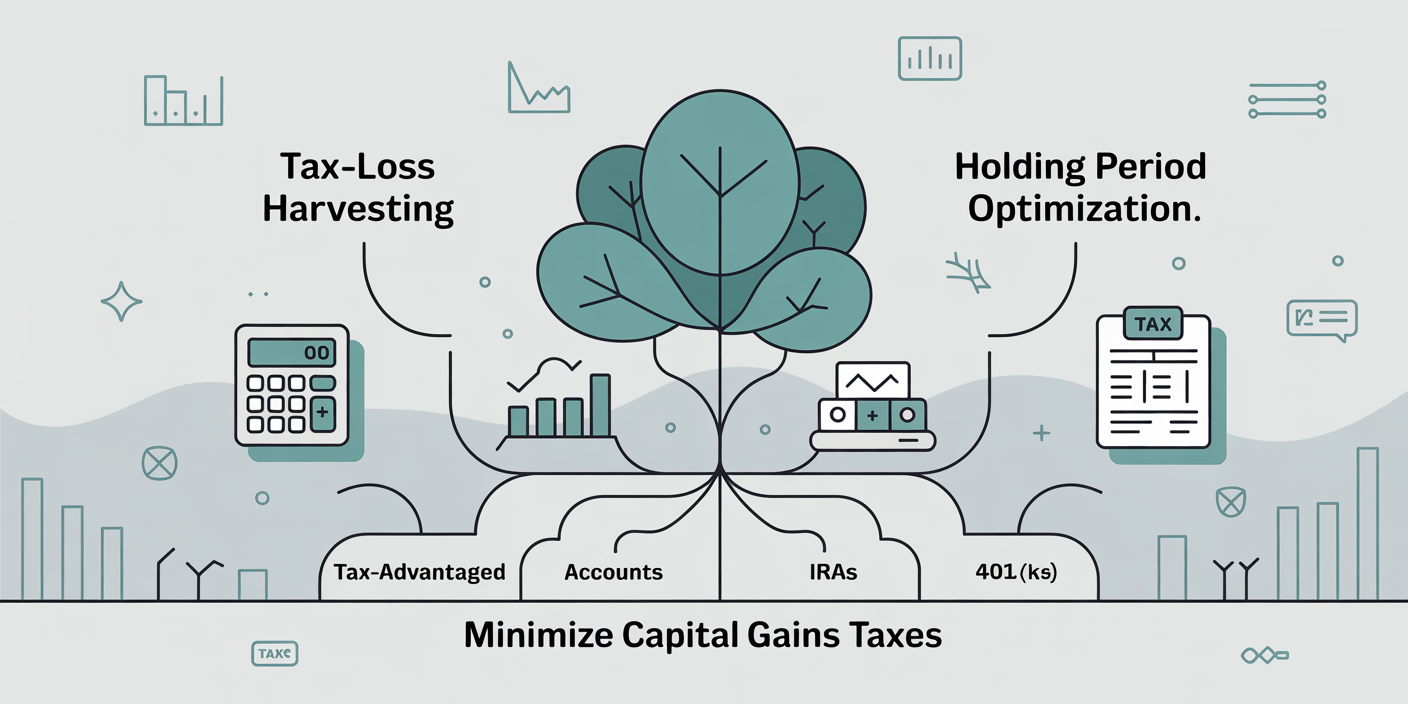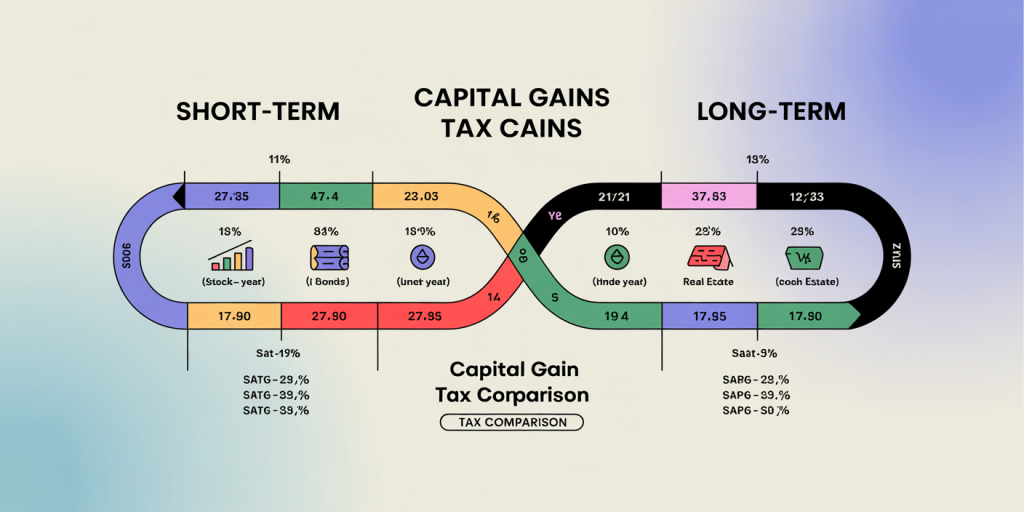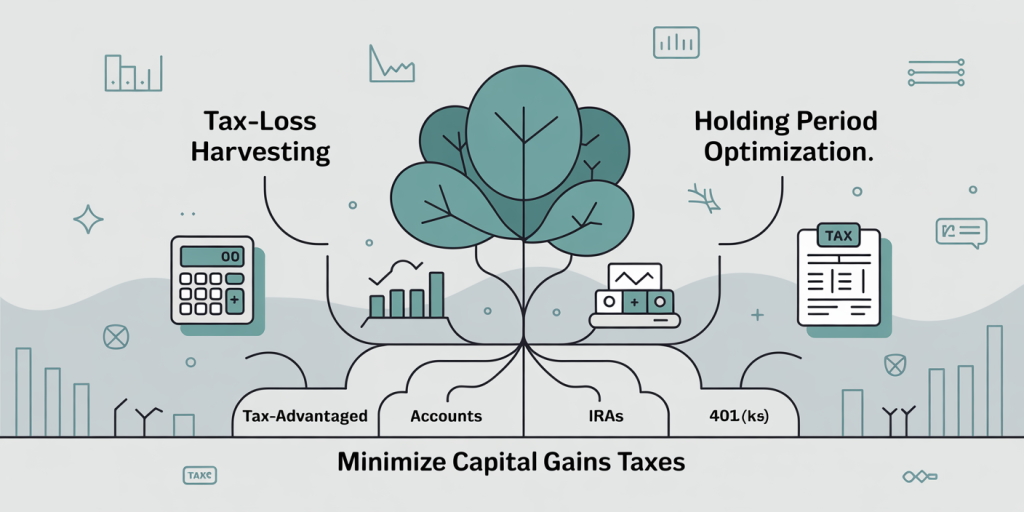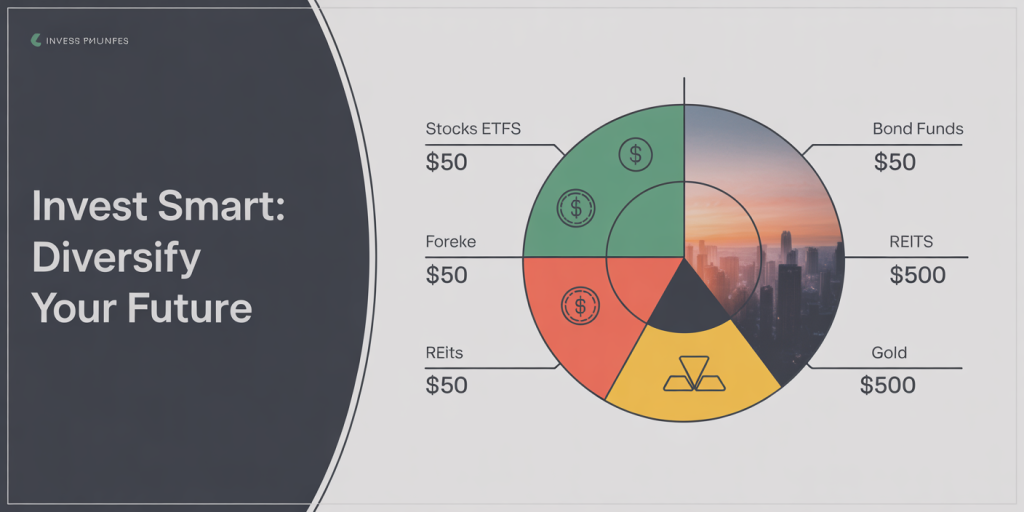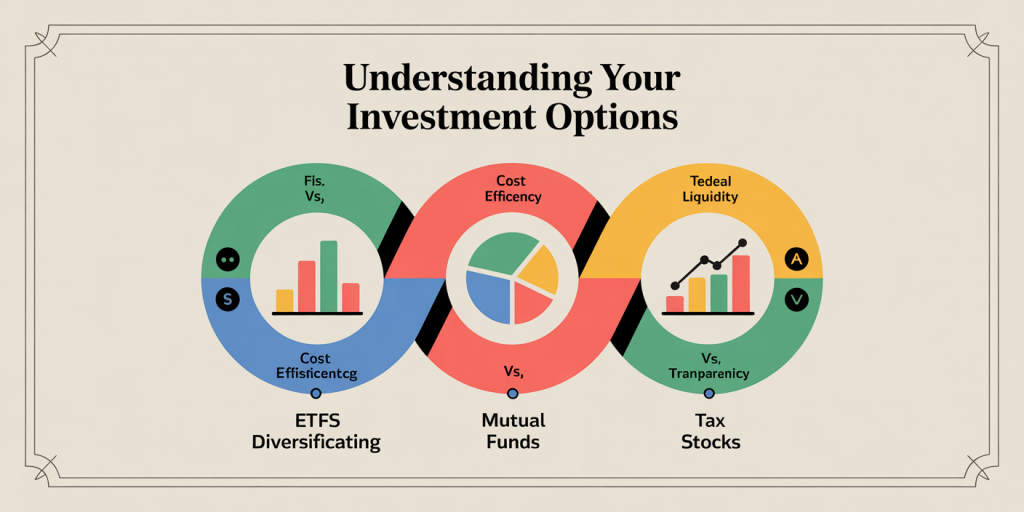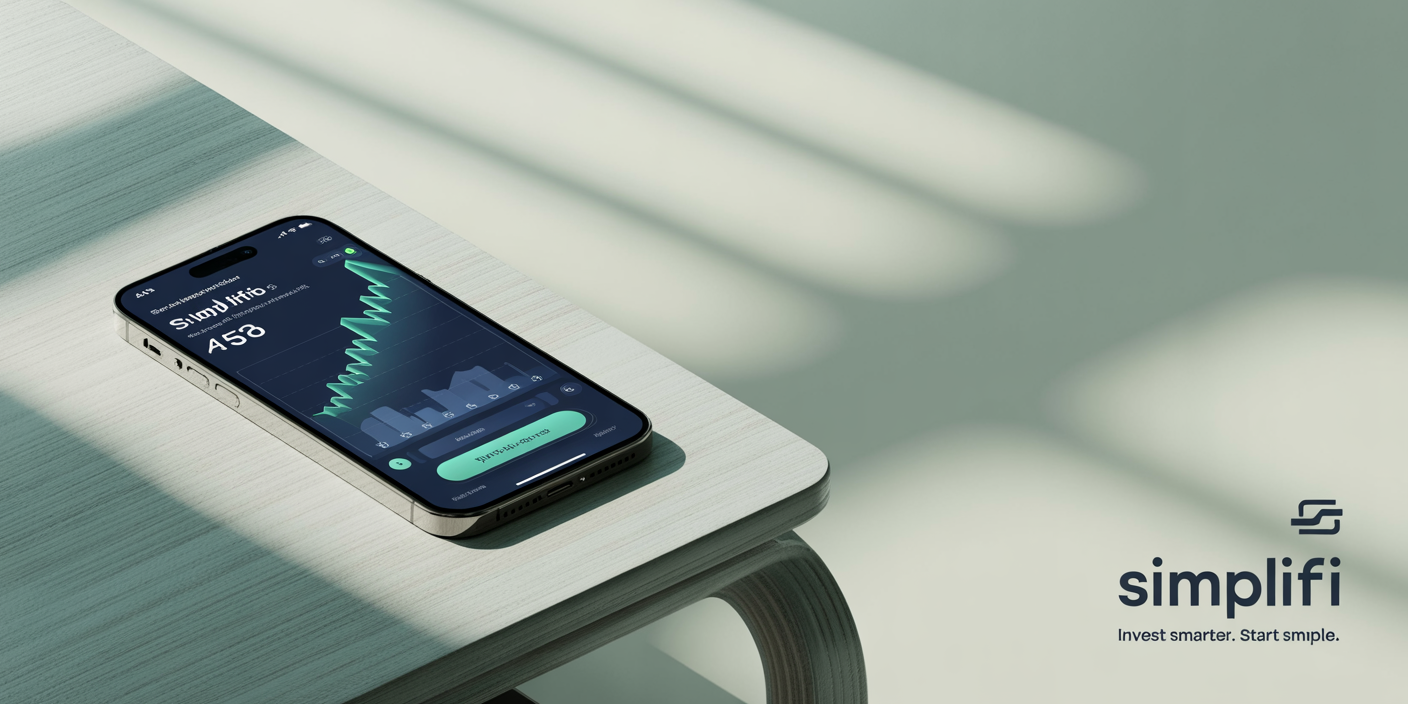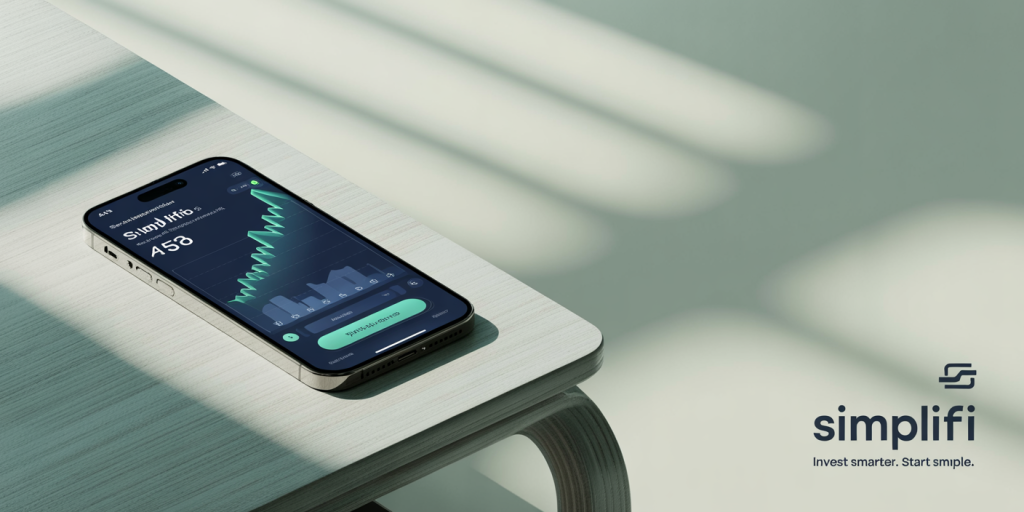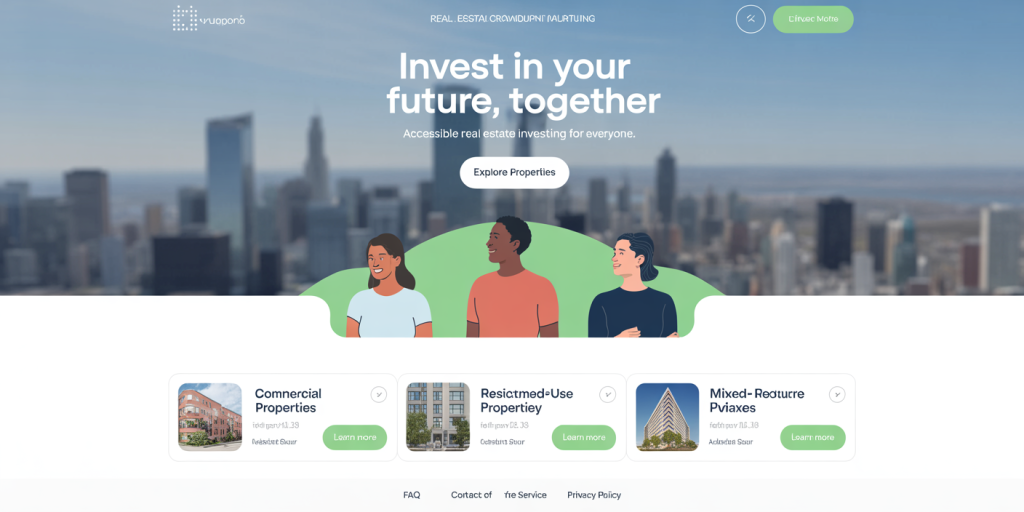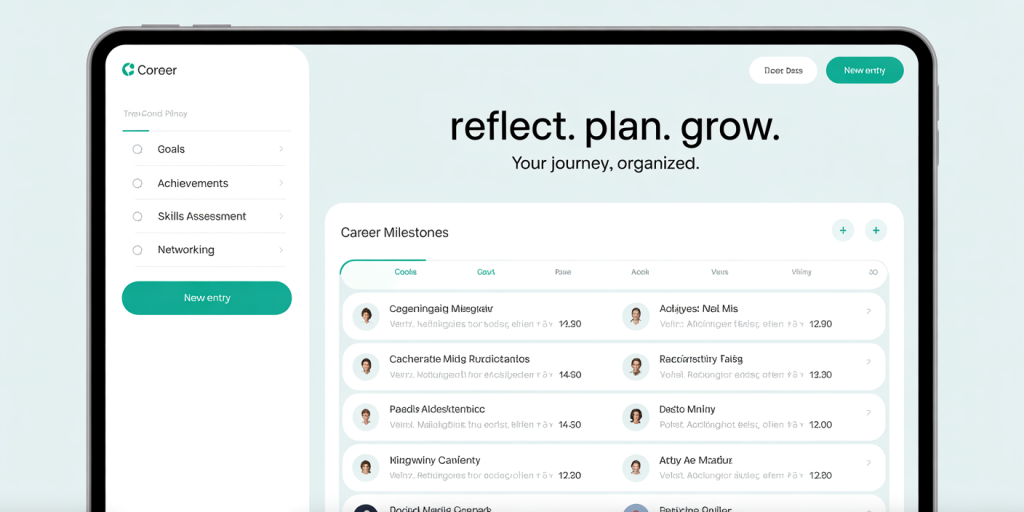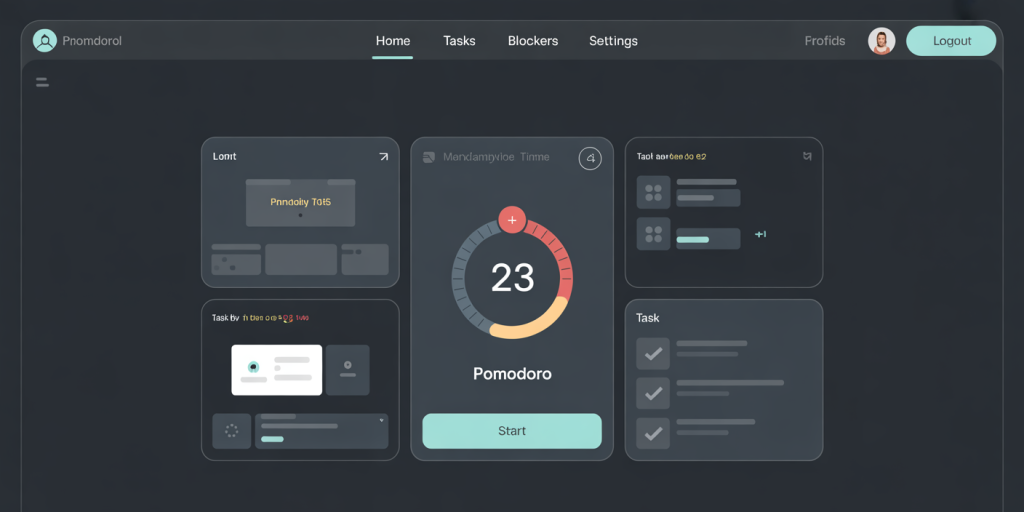In recent years, socially responsible investing (SRI) has gained significant traction, reflecting a growing desire among investors to see their money contribute positively to society as well as personal financial growth. More than just a trend, SRI represents a fundamental shift in how individuals and institutions think about their portfolios, prioritizing environmental, social, and governance (ESG) criteria alongside traditional financial metrics. According to the Global Sustainable Investment Alliance (GSIA), global sustainable investing assets reached $35.3 trillion in 2020, growing 15% over two years and representing over a third of all professionally managed assets worldwide. This rise is undeniable proof that investors increasingly want their money to make an impact aligned with their values.

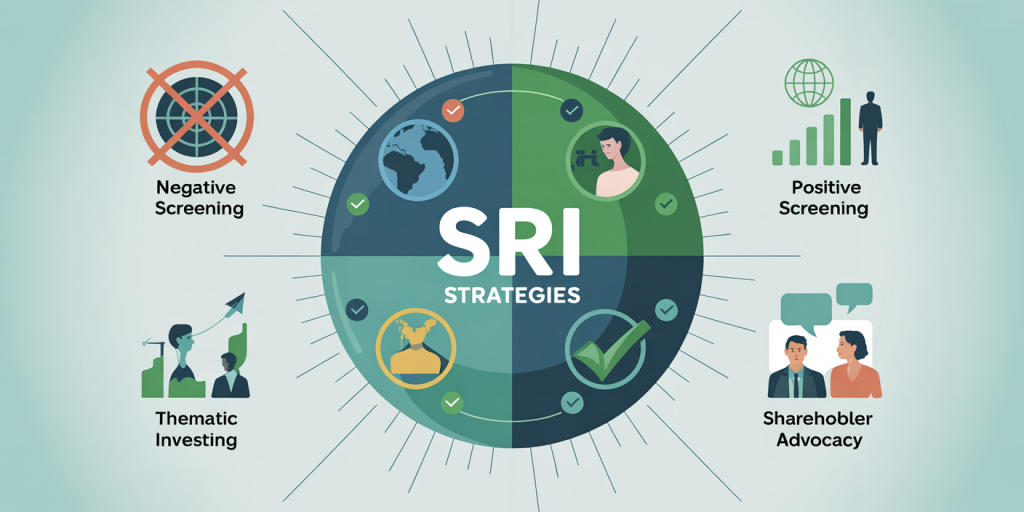
Aligning investment choices with social and ethical values requires understanding both the mechanisms available and the implications of these choices. Socially responsible investing is not merely about avoiding “bad” companies; it’s about actively directing capital toward those driving positive change. This article will explore how investors can harness SRI, comparing strategies, tools, and outcomes to help you effectively align your money with your personal values.
Understanding the Principles of Socially Responsible Investing
Socially responsible investing combines ethical considerations with financial objectives. Essentially, it involves selecting investments based on ESG criteria, which cover environmental stewardship, social justice, and governance practices. The idea is that companies prioritizing these factors tend not only to reduce risks—like regulatory penalties or reputation damage—but also to seize long-term growth opportunities.
For example, an investor may avoid companies involved in fossil fuels or tobacco while favoring clean energy firms or businesses recognized for gender equality in leadership roles. The SRI approach evolved from simple screening to more sophisticated methods such as ESG integration, impact investing, and shareholder advocacy. ESG Integration: This method involves analyzing ESG risks and opportunities alongside traditional financial analysis. BlackRock, the world’s largest asset manager, integrates ESG factors across many portfolios. In 2020, their CEO Larry Fink emphasized that climate risk is investment risk, signaling a shift toward sustainability. Impact Investing: This strategy focuses on generating measurable social or environmental impact alongside financial returns. For instance, funds supporting affordable housing, renewable energy projects, or microfinance initiatives fall into this category.
By emphasizing values and performance, SRI challenges the misconception that investing consciously means sacrificing returns. Numerous studies support the idea that companies with strong ESG practices often outperform peers over time, partly due to enhanced resilience and reduced operational risks.
Key Strategies in Socially Responsible Investing
There are various strategies through which investors can implement socially responsible investing. Understanding these approaches helps tailor investment decisions according to impact aspirations and risk tolerance.
Negative Screening: Negative or exclusionary screening is the most traditional method. It excludes industries or companies violating specific ethical standards. For example, many funds exclude firearms manufacturers, gambling enterprises, or coal miners. This method is straightforward but may limit diversification.
Positive Screening and Best-in-Class: Instead of excluding undesirable sectors, positive screening involves selecting companies demonstrating strong ESG performance within their industries. Best-in-class funds tend to choose market leaders for corporate responsibility, encouraging more responsible behavior.
Thematic Investing: Thematic SRI targets specific issues such as climate change, gender equity, or human rights. For instance, the iShares Global Clean Energy ETF (ICLN) invests exclusively in renewable energy companies, providing exposure aligned with decarbonization.
Shareholder Advocacy and Engagement: Investors can exert influence through voting rights and dialogues with company management to promote sustainable practices. Large institutional investors like CalPERS (California Public Employees’ Retirement System) have shifted corporate behaviors by filing proxy proposals focusing on climate change.
The table below summarizes these key strategies and their typical features:
| Strategy | Description | Example | Advantages | Limitations |
|---|---|---|---|---|
| Negative Screening | Excluding certain industries/sectors | Avoiding tobacco or fossil fuels | Simple implementation | Can reduce diversification |
| Positive Screening | Selecting high ESG performers | Investing in companies with high ESG ratings | Encourages responsibility | Requires reliable data |
| Thematic Investing | Focused on specific social/environmental issues | Renewable energy ETFs (ICLN) | Targeted impact | Concentration risk |
| Shareholder Advocacy | Engaging with companies to improve practices | Filing proxy proposals | Can drive change from within | Requires active management |
Measuring Impact and Performance: Balancing Returns With Values

A frequent concern when adopting socially responsible investing is the potential compromise on financial returns. However, emerging evidence contradicts this stereotype. For instance, a 2019 report by Morgan Stanley’s Institute for Sustainable Investing found that sustainable equity funds outperformed their traditional peers by a median of 4.3% during market downturns in 2015-2020. This suggests that ESG factors may function as risk mitigators during turbulent times.
Measuring impact in SRI involves both quantitative and qualitative approaches. ESG ratings from firms like MSCI, Sustainalytics, or Morningstar provide standardized assessments of companies’ social and environmental performance. These ratings enable investors to compare firms and construct portfolios aligned with their values.
Beyond ratings, impact measurement may include tracking carbon footprint reductions, improvements in labor practices, or contributions to community development. For example, the Global Impact Investing Network (GIIN) promotes tools such as the Impact Reporting and Investment Standards (IRIS), which help investors evaluate social and environmental performance through key performance indicators.
While performance data is rising, transparency and consistency remain challenges. Not all ESG data providers measure criteria the same way, leading to “greenwashing” risks—a phenomenon where companies or funds exaggerate their sustainability claims. Therefore, investors must perform due diligence, potentially combining multiple data sources or consulting independent research.
Real-life cases illuminate these dynamics. Consider Patagonia, the outdoor apparel company renowned for environmental activism. Despite its values-driven approach, Patagonia has maintained financial growth and customer loyalty, demonstrating that purpose and profit can coexist.
Practical Steps to Start Socially Responsible Investing
For investors ready to align their portfolios with values, the process involves several actionable steps. Beginning with a clear understanding of personal priorities is fundamental—knowing whether climate change, social justice, or corporate governance matters most guides fund selection.
First, investors should evaluate available funds or products. Many mutual funds and ETFs specialize in SRI, such as the Vanguard FTSE Social Index Fund (VFTAX) or the SPDR S&P 500 ESG ETF (EFIV). These vehicles often offer diversified exposure while adhering to ESG criteria.
Secondly, consider the investment horizon and risk profile. Some SRI options like green bonds provide steady income with lower volatility, while impact funds targeting startups require higher risk tolerance but may yield transformative effects.
Consulting with financial advisors experienced in sustainable investing can enhance decision-making. Advisors can help integrate ESG considerations into existing portfolios or recommend tailor-made solutions with measurable impact.
Transparency around fees is also crucial. While some ESG funds have increasingly competitive expense ratios, certain thematic or impact funds may charge premiums. Investors need to weigh these costs against values alignment benefits.
A practical example is demonstrated by individual investors creating customized portfolios through robo-advisors offering SRI options. Platforms like Betterment and Wealthsimple provide ESG-focused portfolios that balance diversification, risk, and ethical considerations, enabling beginners to start without deep investing expertise.
Future Perspectives: The Growing Influence of Socially Responsible Investing
Looking forward, socially responsible investing shows promising growth fueled by regulatory trends, technological innovation, and generational shifts. Governments worldwide are enacting policies requiring greater ESG disclosure, such as the EU Sustainable Finance Disclosure Regulation (SFDR), which sets standards for transparency in investment products. This regulatory momentum encourages companies and asset managers to adopt more rigorous sustainability practices.
Technological advancements in data analytics, artificial intelligence, and blockchain are improving ESG data quality, enabling real-time tracking and verifiable impact reporting. Enhanced data helps investors make more informed choices and holds companies accountable.
Additionally, younger investors—particularly millennials and Gen Z—prioritize values more strongly and are expected to inherit trillions of dollars in wealth over the coming decades. Their preferences will likely accelerate demand for responsible investment options and redefine market norms.
Socially responsible investing is also expanding to cover emerging fields like social entrepreneurship, diversity and inclusion metrics, and climate adaptation technologies. Integration of these themes will create new opportunities for impact and financial innovation.
Despite the promising outlook, challenges such as standardizing ESG definitions, avoiding superficial commitments (greenwashing), and balancing financial and social goals will remain critical. Collaborative efforts among investors, regulators, companies, and civil society will be essential to ensure SRI achieves its transformative potential.
In conclusion, socially responsible investing is more than aligning money with ethics—it’s a catalyst for positive change in the global economy. By choosing sustainable strategies, measuring impact, and embracing evolving tools, investors can build portfolios that both generate returns and drive meaningful progress toward a better future.

